Categorization:Harness Component
In AI servers, camera modules, machine vision, and high-performance embedded devices, high-speed wiring harnesses are both the performance core and a significant component of procurement costs. Faced with the dual pressures of cost and performance, how to reduce costs while ensuring signal quality has become a topic of common concern for both R&D and the supply chain. This article will combine industry practices to discuss the key factors affecting costs and analyze the potential cost-reduction advantages of micro coax (extremely thin coaxial cable).
What is a micro coaxial cable (极细同轴线)?
A super-thin coaxial cable is a type of coaxial cable with a very small outer diameter, featuring good shielding performance and fixed impedance characteristics, and is widely used in short-distance links for high-speed signals such as MIPI, USB3. Its main advantages include high flexibility, high wiring density, and good anti-interference ability, making it particularly suitable for camera modules, high-resolution display links, and high-speed devices in compact spaces.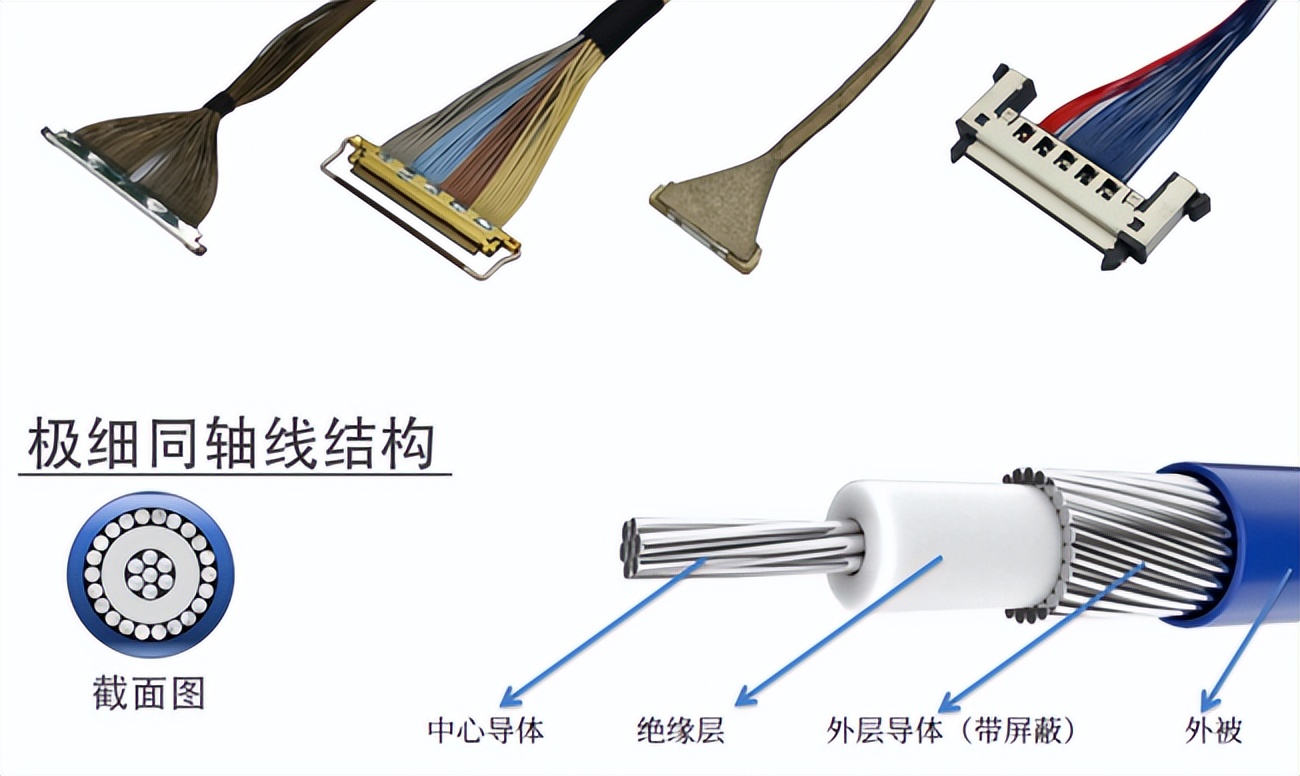
What are the main cost components of high-speed harnesses?
The cost of high-speed harnesses is composed of multiple factors, including:
2.1 The purity of the conductor, the medium material, and the electromagnetic shielding structure will all directly affect the price.
2.2 Connector and termination: Extremely thin coaxial cables require special adapter connectors, and the precision of termination processes is higher.
2.3 Assembly and Labor: Fine wire diameter puts forward high standards for welding, stripping, and detection, with high investment required for both manual and automated processes.
2.4 Test and Repair: The high-speed link must undergo complete verification, and any repair may further increase costs.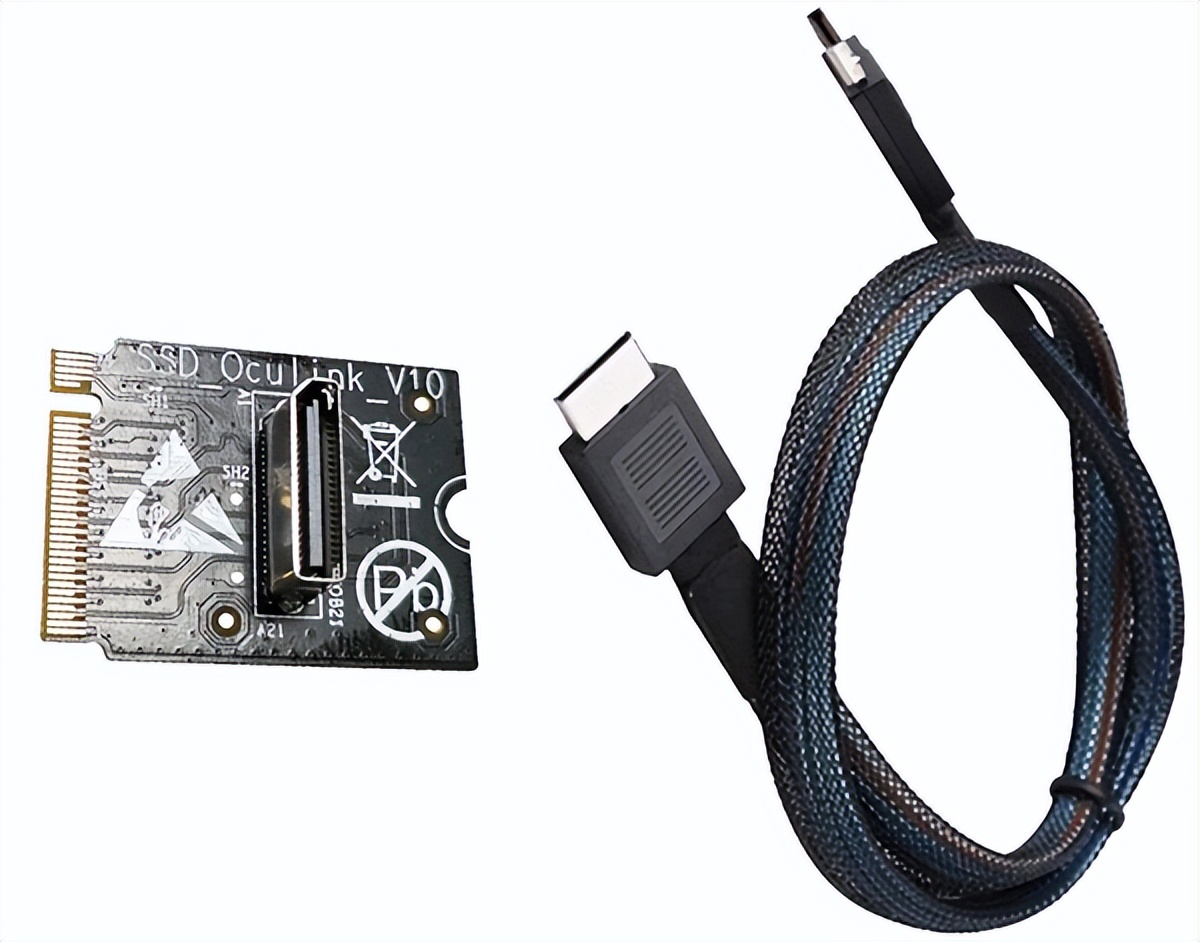
Three, potential opportunity points of micro coax in cost reduction
Although the ultra-thin coaxial cable may seem costly, it can actually produce cost-saving effects in the following scenarios:
3.1 High density and space-limited design: Compared to differential pairs, extremely thin coaxial cables can complete wiring with a smaller volume, reducing structural complexity and assembly costs.
3.2 PCB Cost Optimization: Using coaxial lines instead of complex high-speed differential routing can reduce the number of PCB layers or shorten the routing, thereby lowering the material and design costs.
3.3 Scaling and Standardization: Transitioning from small-batch customization to general specifications, combined with centralized procurement strategies, can significantly reduce unit costs.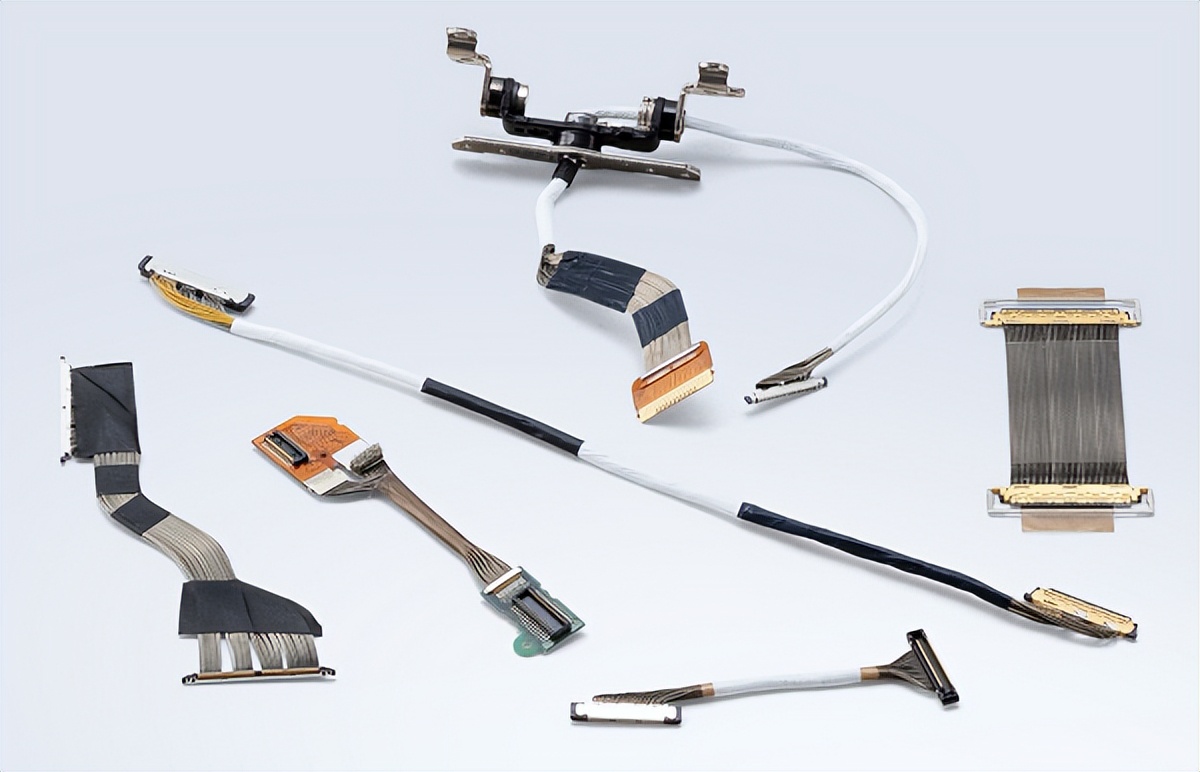
Four, Limitations and Inapplicable Scenarios of Extremely Fine Coaxial Lines
Extremely thin coaxial cables have advantages, but they are not suitable as the first choice in all schemes:
4.1 For high-speed buses with strict differential requirements, differential pair or twinax solutions are more optimal.
4.2 For links with ultra-long distance and ultra-low loss requirements, fiber optic solutions offer higher cost-performance.
4.3 If the cost of the matching connector is too high, there will not be a real cost reduction effect in the short term.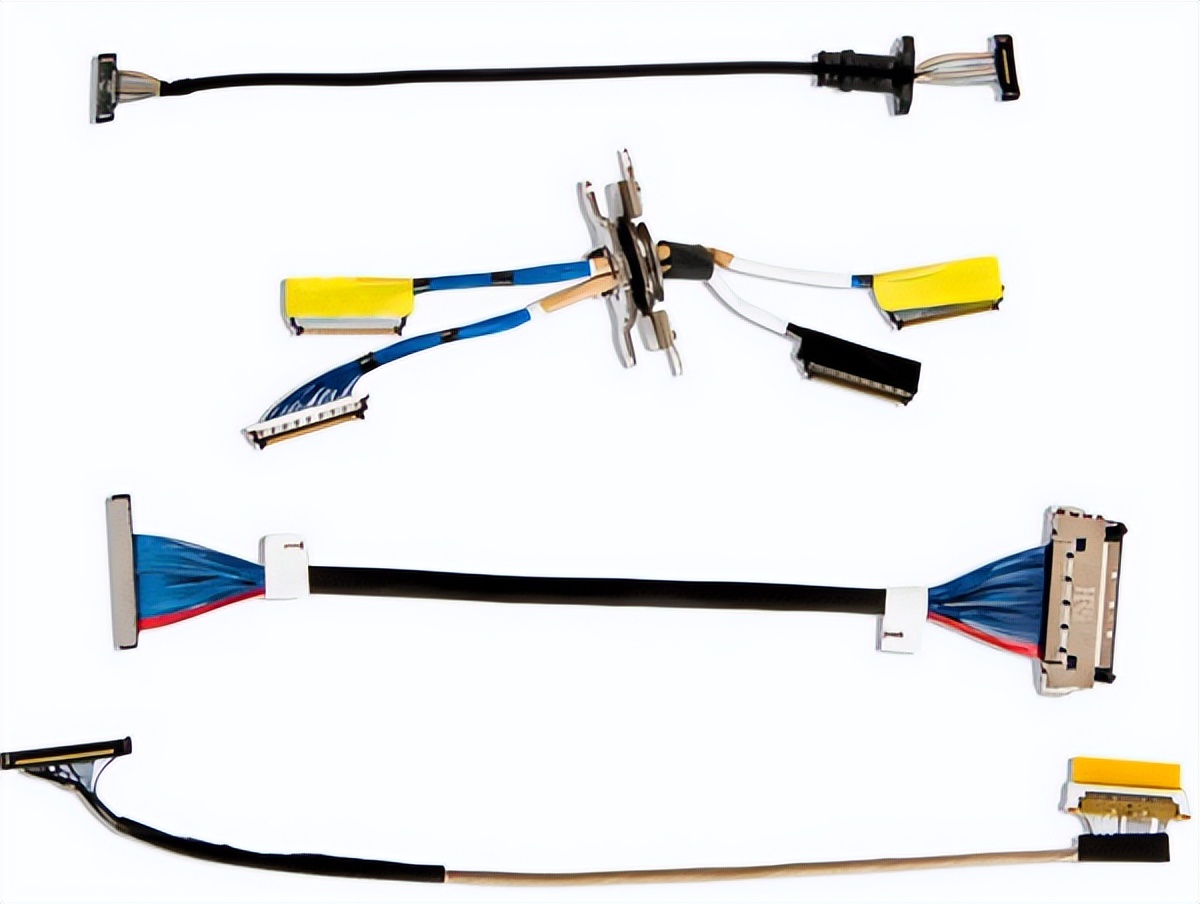
Five, the core strategy for achieving cost reduction in high-speed harnesses
To truly reduce the cost of high-speed harnesses, it is necessary to achieve overall collaboration from system design to the entire supply chain.
5.1 Reasonable structure optimization: reduce unnecessary length and complexity.
5.2 Standardization of Specifications: Reduce redundant development and improve mass production efficiency.
5.3 Improve automation level: reduce human dependency and minimize repair risks.
5.4 Bulk and Long-Term Procurement: Lock in supply prices and ensure delivery stability.
5.5 Initial Multi-Plan Comparison: Evaluate the total cost of ownership for various combinations of coaxial, differential, flexible board, and fiber optic schemes at the initial design stage.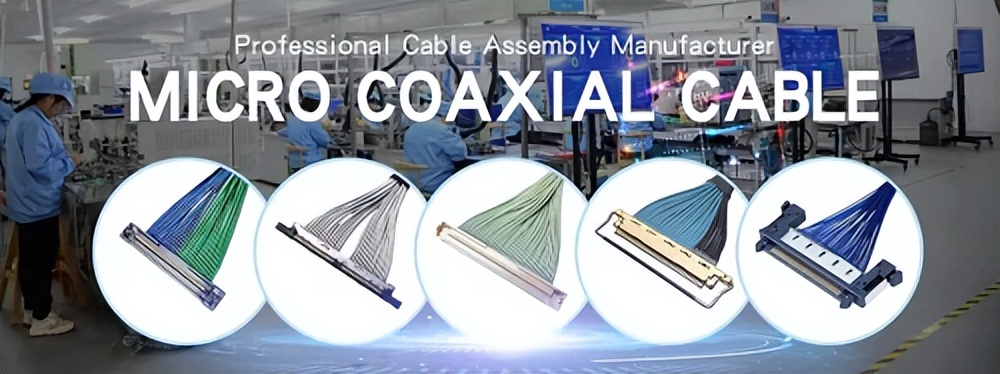
The cost reduction of high-speed harnesses is not simply about "replacing with cheaper materials", but rather achieved through design optimization, standardization, automation, and supply chain collaboration. Micro coax cable indeed has a significant cost advantage in applications with high density, short distance, and high shielding requirements, but it is not the best choice for specific high-speed differential or long-distance links. Enterprises should conduct a full assessment in the early stage of design, supporting the final solution choice with data.
I amSuzhou Huichengyuan Electronic Technology Co., Ltd.Focusing on the development and customization of high-speed signal cables and ultra-thin coaxial cables, committed to providing customers with stable and efficient high-speed interconnect solutions. If you are planning a project or need technical evaluation, welcome to contactManager Yin 18913280527 (WeChat same number)We will provide you with professional support with dedication.